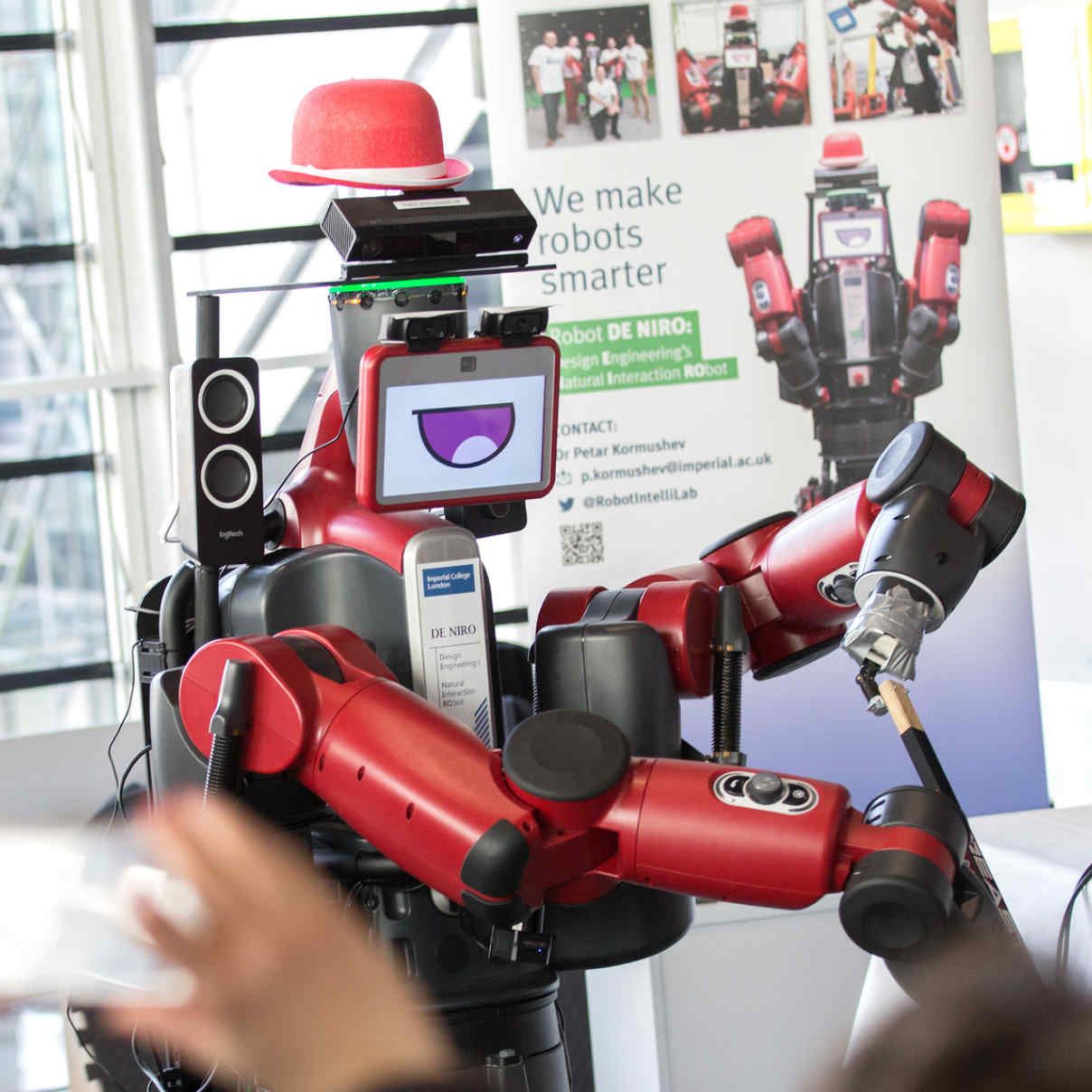BibTex format
@article{Saputra:2021:10.3390/app11125414,
author = {Saputra, RP and Rakicevic, N and Kuder, I and Bilsdorfer, J and Gough, A and Dakin, A and Cocker, ED and Rock, S and Harpin, R and Kormushev, P},
doi = {10.3390/app11125414},
journal = {Applied Sciences},
pages = {1--18},
title = {ResQbot 2.0: an improved design of a mobile rescue robot with an inflatable neck securing device for safe casualty extraction},
url = {http://dx.doi.org/10.3390/app11125414},
volume = {11},
year = {2021}
}


